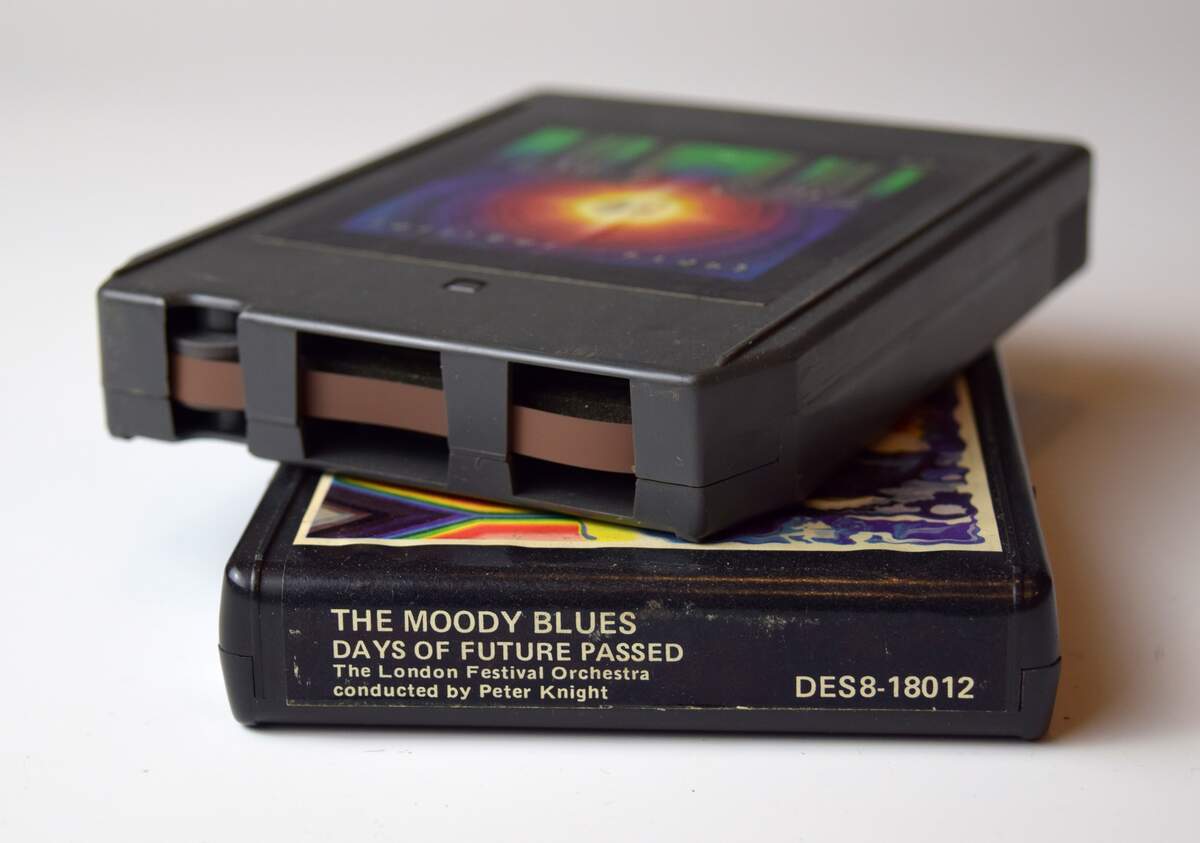

National Eight-Track Tape Day
Also known as
National Eight Track Tape Day
Observed
annually on April 11th
Dates
Hashtags
Sources
https://8trackheaven.com/
https://en.wikipedia.org/wiki/8-track_tape
https://wgna.com/april-11-is-national-eight-track-tape-day/
https://www.anrdoezrs.net/links/100298379/type/dlg/https://www.newspapers.com/image/202807298/
https://www.anrdoezrs.net/links/100298379/type/dlg/https://www.newspapers.com/image/754238401/
https://www.wnyc.org/story/happy-national-8-track-day/
Popular from the mid-1960s into the early 1980s, eight-track tapes—also stylized as 8-track tapes, and formerly known as Stereo 8s—are celebrated today with National Eight-Track Tape Day. In the early 1960s, a number of magnetic, continuous-loop audiotape systems were in existence, such as the 4-track tape, which predated the eight-track. The technology for the eight-track was created by Bill Lear of the Lear Jet Corporation (now Bombardier Learjet), along with the Ampex Magnetic Tape Company, General Motors, Ford Motor Company, RCA Victor Records, and Motorola. Richard Kraus designed the eight-track under Bill Lear in 1963.
Eight-track tapes consist of magnetic tape inside a plastic cartridge. They are divided into eight channels, or tracks, which contain four programs. Sometimes a song fades out at the end of a program and finishes on the next program. After about 80 minutes of playing time, the tape ends and starts again. The eight-track was considered superior to the 4-track because it was less likely to jam and the selections were easier to choose, but it was inferior in that it had lower sound quality.
In September 1965, Ford introduced the eight-track tape player as an option for their 1966 Thunderbird, Mustang, and Lincoln. All Ford vehicles had the eight-track player option the following year, Chrysler and GM offered eight-track players in their vehicles too, and RCA Victor put 175 album releases out on eight-track through the RCA Victor and RCA Camden labels. Home players became available around the same time.
Eight-tracks were the main portable and car audio format of their era, and the players were available in vehicles until the early 1980s. The peak year for eight-track sales in the United States was 1978. Eight-track tapes and players were gone from most department stores by 1982, but the tapes continued into the 1980s, until late 1988, through record clubs such as Columbia House and RCA. Their popularity was supplanted by the compact cassette, which actually predated them. Eight-tracks are now considered obsolete, although some tapes are still made as novelties. Eight-tracks are also still sought after by collectors, who are known to refurbish them and the machines that play them.
How to Observe National Eight-Track Tape Day
- Play your old eight-track tapes. If you can't listen to music on eight-tracks, at least listen to music from the era.
- Buy some old eight-tracks. Shop at a thrift store or rummage sale, on eBay or Etsy, or elsewhere online such as at The 8-Track Tape Store or Kate's Track Shack.
- Buy some new eight-tracks.
- Buy an eight-track tape player for your home or vehicle.
- Repair your old eight-tracks.
- Explore 8-Track Heaven or another website devoted to eight-tracks.
- Watch So Wrong They're Right, a film about eight-track collectors.
- Join an eight-track group on Facebook.





















